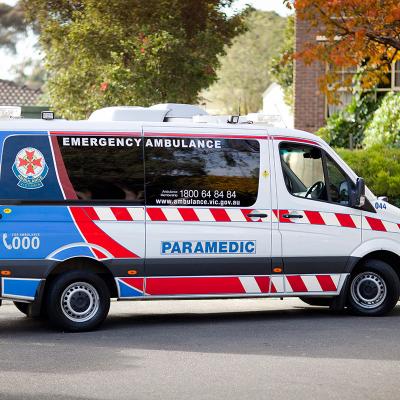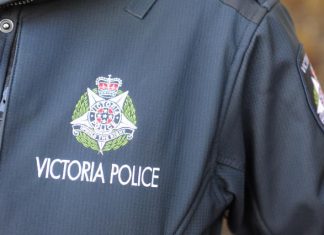
By Alesha Capone
Code one ambulance response times in Wyndham have increased across a 12-month period, as the paramedics’ union expresses concern about the “massive effect” a heavier workload is having on emergency medical workers.
According to Ambulance Victoria figures, the average code one response time in Wyndham during the second quarter of 2020-21 was 12.19 minutes, compared with 11.23 minutes in the second quarter of 2019-20.
Seventy-eight per cent of code one call-outs in Wyndham were within the state government’s target of 15 minutes in the 2020-21 second quarter, down from 83.3 per cent in the previous quarter.
Code one call-outs are classified as life-threatening emergencies, such as cardiac arrests, heart attacks, strokes and serious car accidents.
Ambulances in Wyndham responded to 2396 code one call-outs in the second quarter of 2020-21, up from 2350 in the previous quarter.
Response times to code two call-outs in Wyndham were on average 26.27 minutes in the second quarter of 2020-21, compared with 25.17 minutes in the previous quarter.
Code two call-outs can include a patient experiencing a psychiatric episode, lacerations and alcohol intoxication.
Across Victoria, Melbourne recorded the highest number of code one call-outs which arrived within 15 minutes for the second quarter of 2020-21 (more than 92 per cent arrived in this timeframe, with an average response time of 9.06 minutes for a total of 2005 call-outs).
Victorian Ambulance Union (VAU) secretary Danny Hill said that following the easing of COVID-19 restrictions, members of the public needed to remember they should only call for an ambulance during a genuine emergency, such as heart or breathing problems.
“When people call for non-urgent problems, it can lead to crews not being available to respond to patients who really need paramedics’ help,” Mr Hill said.
A VAU statement said increasing case numbers meant paramedics “are regularly forced to work without meal breaks and … they can end up working 4-5 hours beyond their rostered finish time”.
“We are seeing members at the point of exhaustion and sick leave is at an all-time high,” the statement said.
Ambulance Victoria’s executive director of clinical operations, Associate Professor Mick Stephenson, said that up to 20 per cent of calls for assistance to triple-0 were not actually medical emergencies, and could be treated by a GP or pharmacist.
Since January, Ambulance Victoria has recruited an additional 177 staff across the state.
The office of the Minister for Ambulance Services was contacted for comment.






